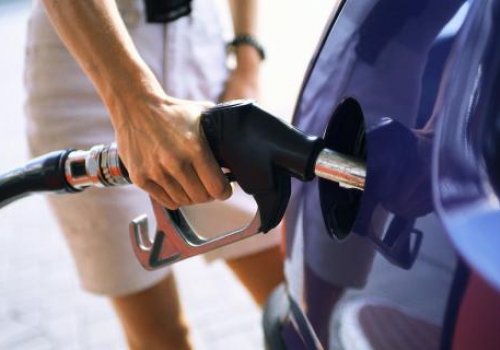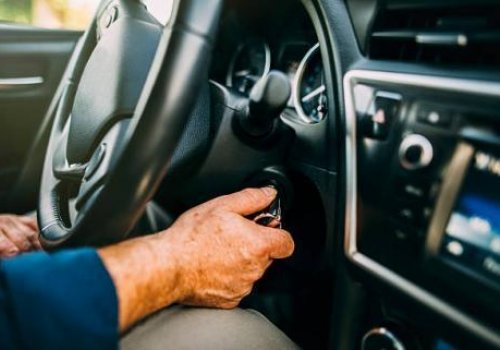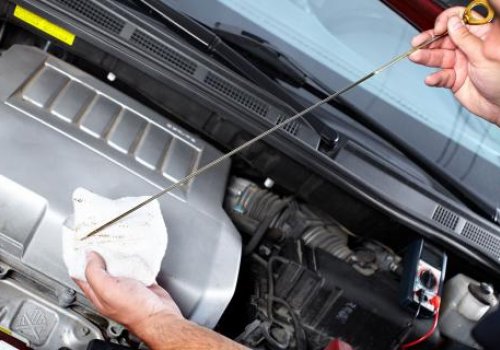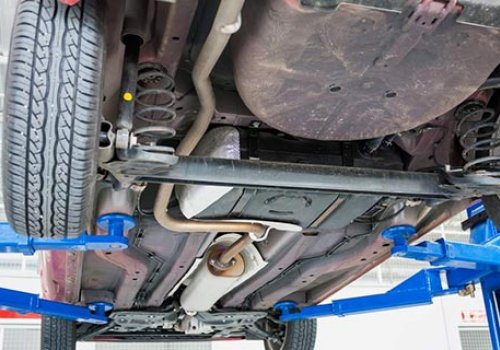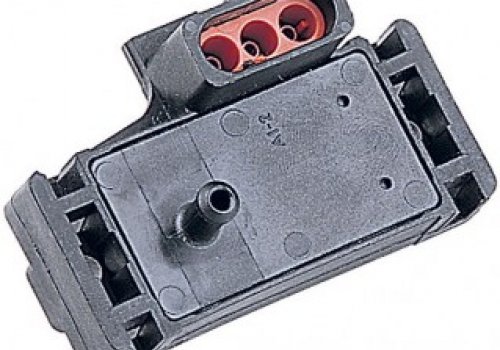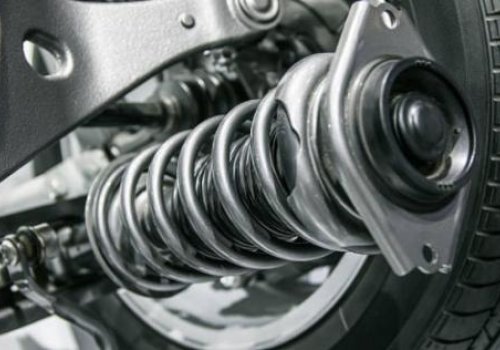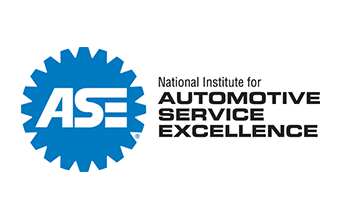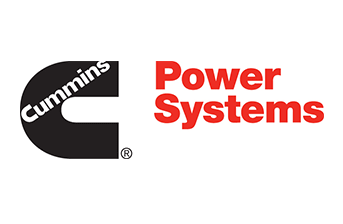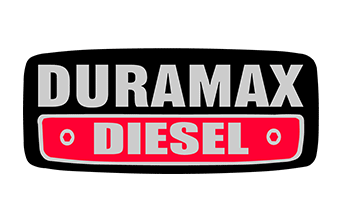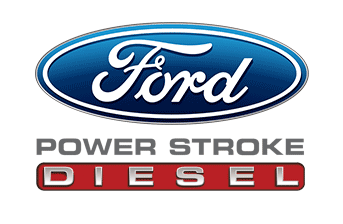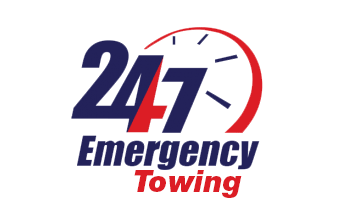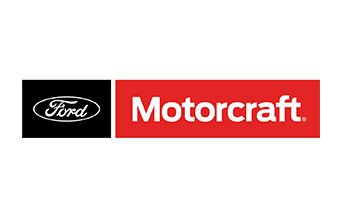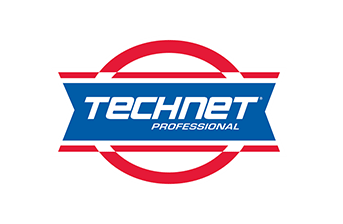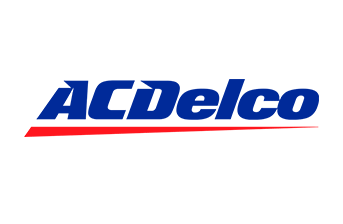Fleet Services
Get quality repairs for your fleet diesel vehicle For years, Midwest Auto and Diesel Repair has been proudly serving Wichita and the surrounding area. When you hire our professionals, you'll receive top-of-the-line maintenance and repair services for the most affordable rates. Contact our staff today…
Fuel and Engine Management
Engine operation management requires the input of a few systems working together. The filtered air of the inductions system, the fuel delivered to each cylinder, and the emissions system all feed information to the ECM (or PCM) and the computer calculates the proper amount…
Hard Starting
There are many systems required for a car to start properly, so regular maintenance is necessary to keep your vehicle starting reliably. First, there are many electrical components needed to start successfully. A well-charged battery…
Oil Changes
An oil change is like a transfusion of new life into your vehicle. Over time, oil can lose some of its chemical properties that are designed to reduce corrosion and increase the lubrication in your engine. In some environments, dust and dirt can also find their…
Powertrain Systems
The powertrain of your vehicle consists of the engine, transmission or transaxle, and rear differential if you have rear-wheel drive. If you have a gas/electric hybrid, an electric motor or two may also be involved, as would the battery…
Sensors
Sensors play an important part in the fuel and air management of your engine. The MAP sensor is your friend, sensing variations in manifold pressure. It does this by employing a silicon or ceramic element that notices the pressure changes that relate to engine load, elevation, boost and any other pressure…
Shocks and Struts
Shocks and struts are pneumatic or hydraulic cylinders that dampen ride motions and keep your tires firmly in contact with the road. They are critical to the safe operation of your vehicle, as they control the up and down motions you experience while driving down the road. We’ve all seen a car “bouncing”…


